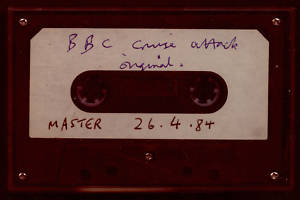Very occasionally in the pursuit of a GTW you stumble upon other, previously unknown GTWs by happenstance.
This happened to me recently as part of my ongoing investigation into the possibility of an Alien Trilogy port on the Sega 32X.
I was engaged in an email conversation with Keith Burkhill, who worked on Alien Trilogy for the Sega Saturn. Sadly he didnt know anything about a possible 32X port at the time but he did mention another game he worked on that was sadly cancelled.
It was a conversion of Psygnosis popular formula one racing game, F1, which was released for the PC and Playstation. At the time the Saturn had released F1 Challenge that sold poorly and provided only a very basic F1 experience. Psygnosis F1 on the other hand included the full 1995 season (despite being released in 1996) and was one of the top selling games of 1996, cementing the Playstations advantage over the failing Saturn.
The Saturn port was to be based on the existing Playstation version and according to Keith the game development had gotten so far as to get it running as a wire frame, which meant there were no textures. Sadly the game was then cancelled as by this time the Saturn market had died out.
Its addition to the Saturn game library would have been welcome indeed but perhaps the lag between the year in which F1 was based and the year it would have come out in on the Saturn contributed to a feeling that its time had passed, however its quite possible that the in-game stats would have been updated to showcase the current racing season.
Ive looked online for any reference to this planned conversion but cannot find any, hence the cheeky exclusive tag I slapped on the headline.
Hopefully something will turn up one day but in the meantime enjoy this video of the game playing on a Playstation and wonder at what might have been!
F1 by Psygnosis on the Playstation






